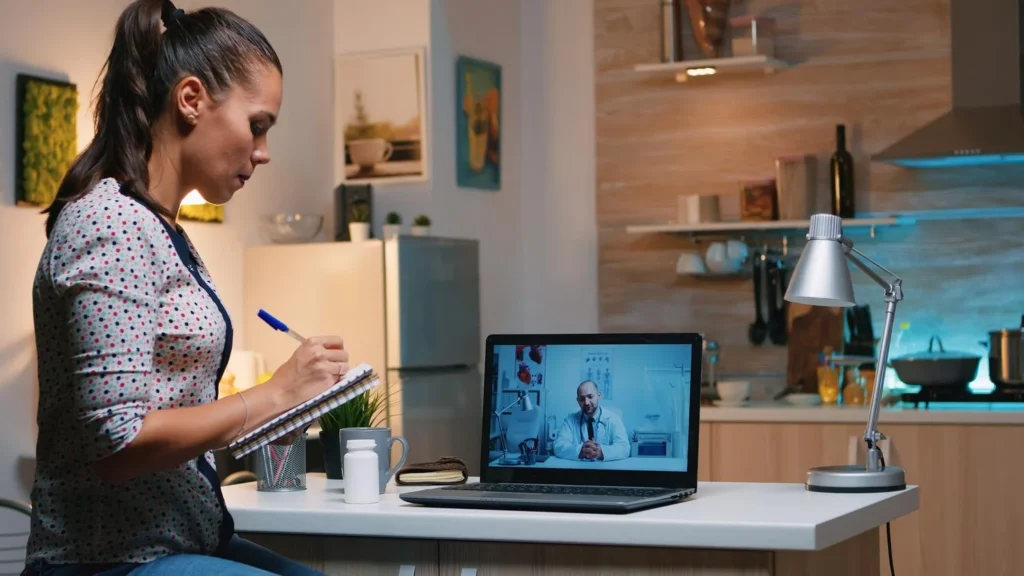Exploring various styling spaces can be an exciting and rewarding journey. For individuals passionate about creating beautiful and functional environments, learning the fundamentals of this creative field opens up endless opportunities. Virtual classes provide the perfect platform for aspiring designers to gain essential knowledge and develop their unique style, all from the comfort of home. This article explores how virtual learning can help unlock your creative potential and build practical skills.
Begin with a Digital Interior Design Program
An online interior design course is an ideal starting point for anyone eager to learn about crafting visually appealing and practical spaces. These programs teach foundational skills such as space planning, color theory, and lighting, giving learners a strong base upon which to build. What makes virtual programs especially appealing is their flexibility. Learners can study independently, fitting lessons into their schedules without disrupting daily routines.
This accessibility makes them suitable for many people, from full-time professionals to stay-at-home parents or students exploring creative career paths. Assignments, such as creating mood boards or developing room layouts, encourage hands-on practice and allow learners to develop their unique aesthetic. These courses simplify complex concepts using interactive content, instructor feedback, and practical exercises. They offer engaging lessons modified for both beginners and experienced enthusiasts.
Learn the Art of Space Planning
A well-organized layout is the backbone of any successful styling project. Virtual lessons introduce learners to the principles of space planning. This aids them in creating layouts that are both functional and visually balanced. Students are guided through analyzing a room’s dimensions and understanding how people move through the area. This knowledge ensures that furniture and decor are arranged in a way that optimizes usability.
Techniques like zoning help divide larger spaces into distinct areas for different purposes, such as dining, relaxation, or work. These methods make even the most compact spaces feel purposeful and harmonious. Hands-on exercises often include designing room layouts, which help learners apply theoretical concepts to real-world scenarios. By the end of these lessons, students gain the confidence to approach any space with a clear vision and the tools to bring it to life.
Explore Color and Material Combinations
Color and material selection are integral to defining the character and atmosphere of a room. Virtual lessons often focus on these elements, guiding students in selecting hues and textures that work together. They help align choices with the desired mood of a space. For example, warm shades like orange and yellow can energize a living area. Meanwhile, soft blues and greens create calming retreats. Students also learn how to combine different textures, such as smooth marble, rustic wood, and soft fabrics, to add depth and interest to their designs.
Interactive projects encourage experimentation with color schemes and materials, allowing learners to discover combinations that resonate with their styles. These lessons enhance technical skills while fostering creativity, enabling participants to bring a fresh perspective to their projects.
Master Lighting Techniques
Lighting is crucial for improving both the ambiance and functionality of any space. Virtual classes guide learners through the three main types of lighting: ambient, task, and accent, teaching them how to use each effectively. Students explore how to layer lighting to achieve a balanced and inviting environment. For instance, ambient lighting provides overall illumination, task lighting focuses on specific activities like reading or cooking, and accent lighting highlights decorative elements.
Projects often involve creating a lighting plan for a space. This lets learners understand how to strategically position fixtures to achieve the desired effect. Upon completing these lessons, students learn to use lighting effectively to highlight design elements. Besides, they gain the skills to create comfortable, well-lit spaces that serve their purpose beautifully.
The Benefits of Virtual Learning for Creative Growth
Enrolling in a virtual class offers several advantages for individuals looking to enhance their styling skills. The flexibility of online programs allows learners to balance their education with personal and professional responsibilities. They can access lessons from anywhere, revisit materials as needed, and progress at a pace that suits their unique circumstances.
These programs often provide a mix of theory and practical assignments. This ensures that learners comprehensively understand concepts while applying them in real-world scenarios. Feedback from instructors helps refine skills, while peer interactions foster a sense of community and shared inspiration.
For those pursuing professional goals, virtual classes can also serve as a foundation for building a portfolio. Assignments like room redesigns, mood boards, or space plans offer tangible evidence of creativity and expertise. These projects are valuable tools for showcasing abilities to potential clients or employers. Starting with an online interior design course is a fantastic way to unlock your potential and build skills in this creative field. Virtual programs balance flexibility, accessibility, and practical learning, enabling anyone to develop a strong foundation in styling spaces. These classes transform a passion for interiors into a refined skill set, covering layouts, colors, and lighting.







